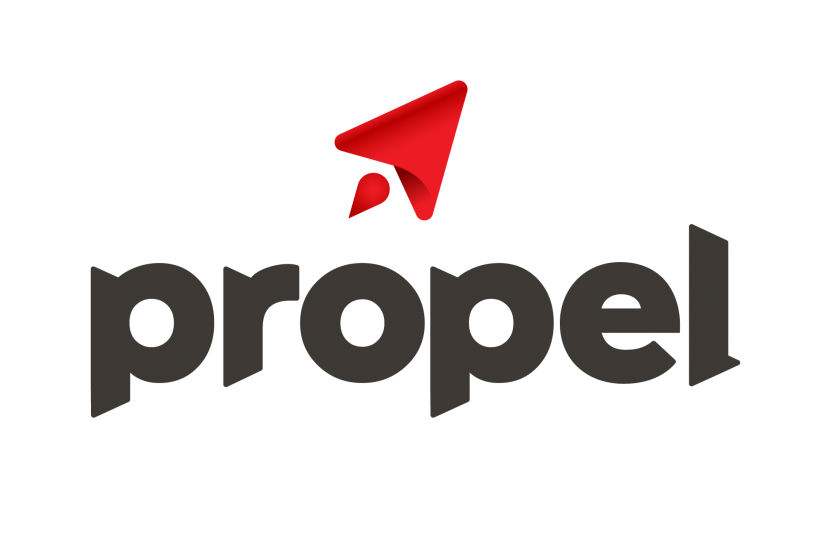One of our unquestioned assumptions when we closed the Build Ventures’ fund in 2013 was that launching a startup in Atlantic Canada was cheaper than doing it in other parts of Canada or the United States. Our location, at least in this respect, was thought to be a competitive advantage.
There are certainly challenges to building a company here given the early stage of our ecosystem, but we thought we had the core ingredients: lots of smart entrepreneurial people and an environment which allowed those people to get more done with less. The key cost driver at the early stage of any startup is salaries and rent. On both fronts we seem to have an advantage.
Our evidence is anecdotal based on comparing the burn rates of a small sample size, but it’s safe to say that on average the costs on the East Coast are substantially lower. Recently Peter Moreira from Entrevestor, working with EY, published an excellent deep dive on the regional cost structure. Entrevestor’s analysis was based on a company that nailed the product-market fit, has $3 million in revenues and is generating positive net income.
Read the EY-Entrevestor Analysis of Startup Costs
So a similarly staffed company in Atlantic Canada should be able to run at a substantially lower burn rate than a similarly sized one elsewhere. Source of advantage – right?
Actually no.
We are now realizing that we made a significant omission in our assumption that startups are cheaper to launch and run here. In hindsight it seems obvious, but we didn’t include one major factor – time.
It’s true that once a company hits a threshold like $3 million in revenue and is turning a profit that it can operate more cost-effectively in Atlantic Canada. The question we have all neglected to address is how long it takes an East Coast company to get to this stage.
It’s not the absolute monthly spend alone that matters. Rather it’s the combination of the number of months it takes at that burn rate to reach a given milestone for a company. Our observation is that companies in Atlantic Canada are taking longer to find product market fit. This more than offsets the operating cost advantage.
Put another way, startup companies here are taking too long to grow.
Why is this? Our hypothesis is that the feedback loops for companies are much longer here. That’s because founders are not immersed with customers, partners, competitors, and investors all the time, their cycle times to drive the business forward (or learning loops) are longer.
Let’s be clear, they still get there, it just takes longer. And that comes with a cost.
In fact, it’s always astounded us how much a business grows after a team member returns from an extended trip to places like San Francisco or New York City. The customer immersion seems to speed up the cycle time, for a while at least, until the effect wears off.
So to make the most of our operating cost advantages, we need to see startups on the East Coast accelerate their development. Get on a plane, go to where your customers are, learn from them, and then apply that learning to your product development.
If East Coast companies work with the same level of intensity and learning as startups in the big hubs, they can take better advantage of the cost savings that come with launching in Atlantic Canada.
Patrick Keefe is a Partner at Build Ventures, a Halifax-based early-stage venture capital fund. This column was first posted on the Build website. Build is a client of Entrevestor.










